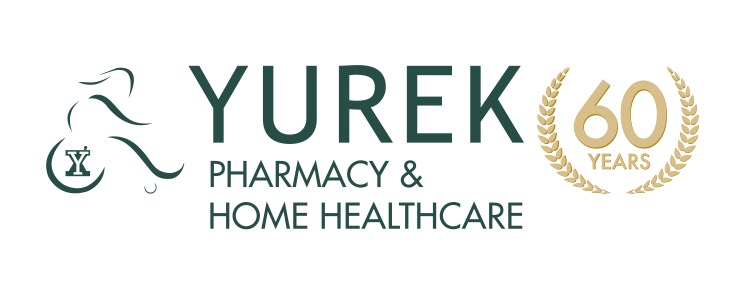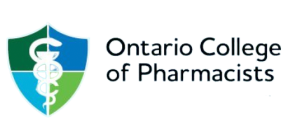Imagine the symptoms of Autism, Parkinson’s, Osteoporosis, Epilepsy, Anxiety Disorder and Cerebral Palsy all in one amazing little girl. What I’m describing is known as Rett Syndrome and October has been designated as Rett Syndrome Awareness month. It is a brain disorder that predominantly affects girls as toddlers. (Boys can also be affected but it is less common and often fatal early in life). It is a rare genetic condition that occurs spontaneously and without clear cause or risk factors. We know which genes are affected. A change in a gene called methyl-CpG-binding protein 2, or MECP2 for short, was discovered to be the cause of Rett Syndrome.
Children with typical or classic Rett Syndrome develop normally for the first 6 to 18 months of life. They hit all the regular milestones and then hit a delay or regression in their development, particularly in speech, hand movements and walking. According to the National Institutes of Health (NIS), the diagnosis requires the presence of four main criteria:
- loss of acquired hand skills
- loss of acquired spoken language
- gait abnormalities (impaired walking or loss of walking)
- stereotypical hand movements (hand wringing/squeezing, clapping/tapping)
These children must also not have the two exclusion criteria
a) no brain injury caused by trauma
b) no grossly abnormal psychomotor development in the first six months of life.
Children are said to have atypical or variant Rett Syndrome if they meet two of the four main criteria listed above and five of the 11 supportive criteria:
- Breathing disturbances when awake
- Teeth grinding when awake
- Impaired sleep pattern
- Abnormal muscle tone
- Peripheral vasomotor disturbances
- Curvature of the spine – scoliosis/kyphosis
- Growth retardation
- Small, cold hands and feet
- Inappropriate laughing/screaming spells
- Diminished response to pain
- Intense eye communication – eye pointing
There is currently no cure for Rett syndrome but research continues and is promising. Currently treatment options focus on symptom reduction and to improve quality of life and social interaction.
On October 29th, the CN Tower in Toronto will be lit up in purple to raise awareness for Rett syndrome. I’m going to wear purple that day; please join me to recognize these amazing young ladies and their families. Take care of yourselves and each other.








